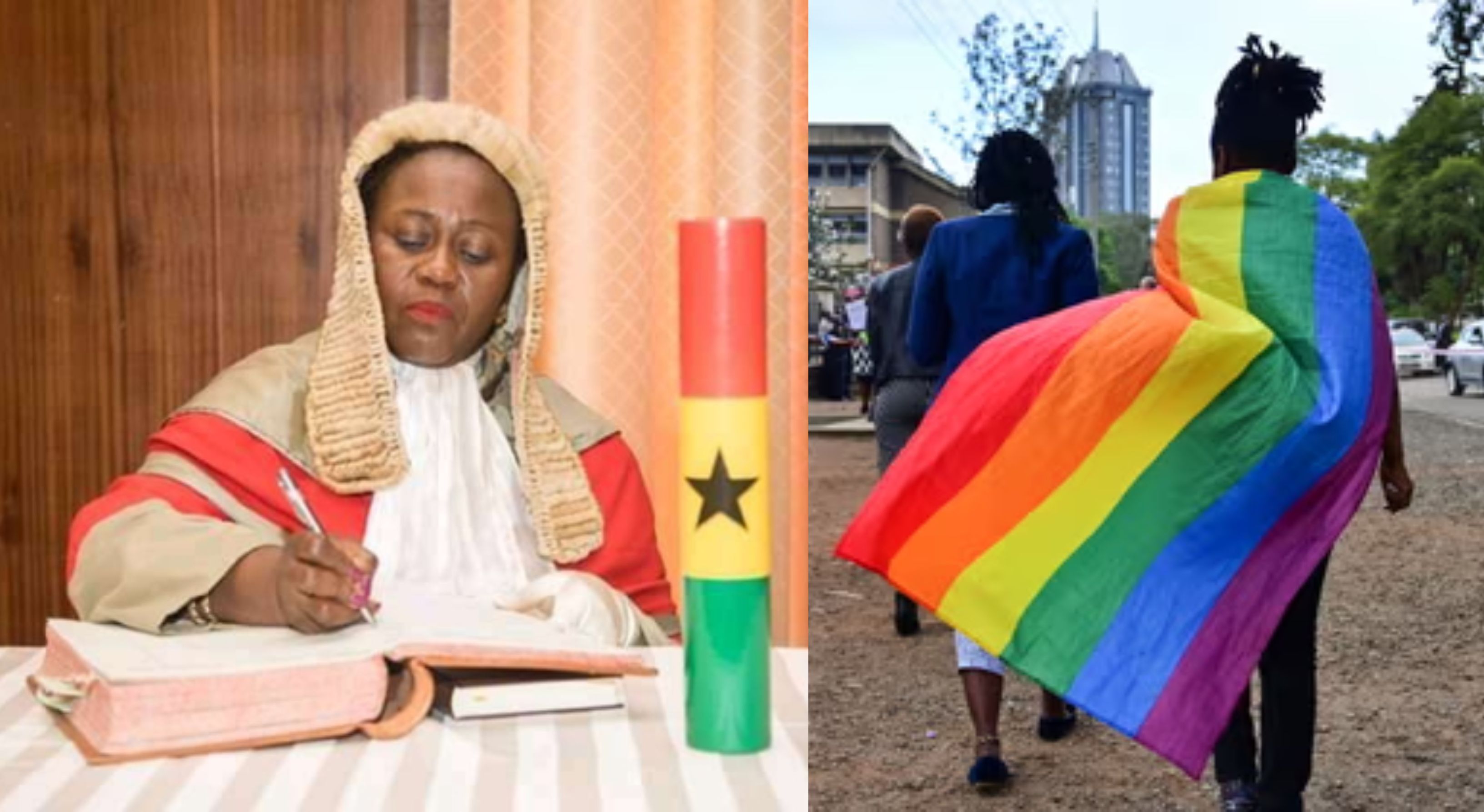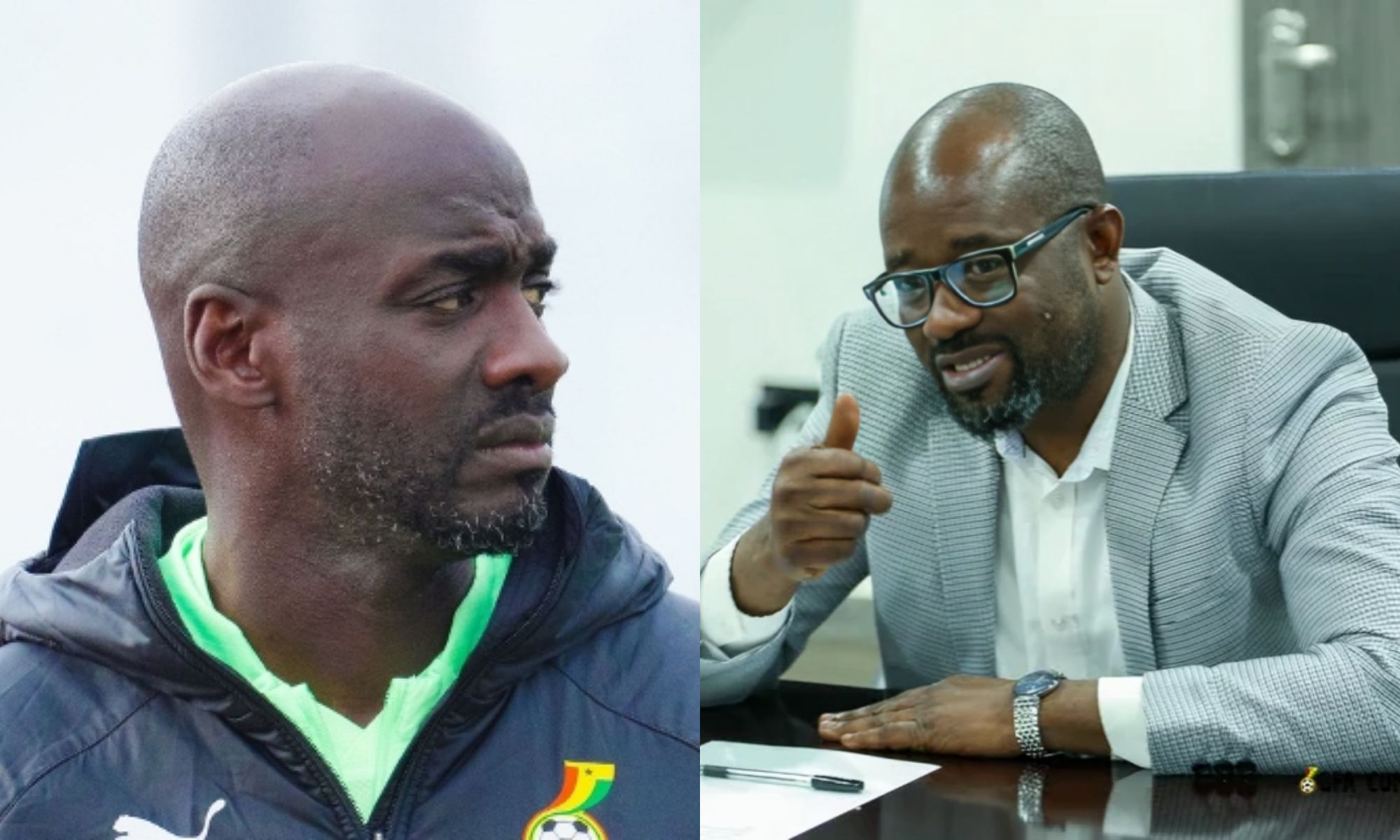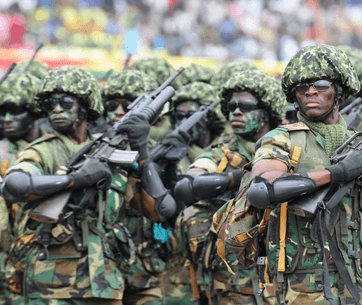
Statistics from the Ghana Health Service (GHS) show that reported cases of abortion among adolescents in the Brong Ahafo Region increased from 1,161 in 2015 to 1,224 last year.
This represents 12.7 per cent of the national figure, making the region the third highest region with reported adolescent abortion cases.
However, at the national level, recorded cases of abortion among adolescents during the period decreased from 9,944 in 2015 to 9,612 cases last year.
This was announced by the Chief Executive Officer (CEO) of the Global Media Foundation (GloMeF), a non-profit and anti-corruption media advocacy organisation, Mr Raphael Godlove Ahenu, at a press conference held in Sunyani yesterday.
According to him, statistics showed that 110,000 adolescent girls got pregnant in the country in 2016, with the Brong Ahafo Region recording 12,112 cases of teenage pregnancies, while in the previous year, the country recorded a total of 114,622 teenage pregnancies, with the Brong-Ahafo recording 12,492 cases.
Unsafe abortion
Mr Ahenu noted that unsafe abortion accounted for 15 per cent of maternal deaths in Ghana and also for 25 to 30 per cent of maternal deaths in leading teaching hospitals in the country.
That, he said, is impeding the country’s efforts at achieving Sustainable Development Goal 3 (SDG 3), which is primarily aimed at ensuring healthy lives and promoting well-being by 2030.
The press conference was aimed at registering the Non-Governmental Organisation’s (NGO’s) concern about the high rate of teenage pregnancies and unsafe abortion in the region in particular and the nation at large.
It was also aimed at drawing government’s attention to consider the harm caused by the lack of sexual education, as well as the need to re-examine the causes and pervasive effects of teenage pregnancy, abortion and maternal deaths to help undertake the necessary reforms in the Junior High School educational curricula.
According to him, more than three-fourth of teenagers gave birth through unplanned pregnancies, while majority of them became school dropouts, thus affecting their education and employment opportunities.
Legislations
Mr Ahenu expressed worry about the country’s abortion laws, which he considered relatively liberal and inaccessible for safe abortion services, and emphasised the need for the enactment of a legislation to permit adolescents who preferred to terminate their pregnancies to have access to safe abortion procedures at public health facilities.
He observed that traditional values, social perceptions and religious teachings created an enabling environment for quacks and charlatan doctors to carry out majority of the abortions in clandestine and dangerous ways; and, therefore, called for measures to enable adolescents to have access to quality antenatal care and protect themselves by obtaining condoms to prevent Sexually Transmitted Diseases (STDs) and unwanted pregnancies.
“We can no longer postpone sexual education for children and adolescents when they are already facing the realities by their poor sexual knowledge and risky sexual behaviours,” he stated.
Challenges
Touching on some obstacles that adolescents face in obtaining contraceptives, Mr Ahenu mentioned unavailability, inaccessibility and unacceptability, adding that a number of sexually active adolescents currently did not use any modern method of contraceptive.
He again pointed out that one-third of all new HIV cases involved young people aged 15-24, adding that poor adolescent girls gave birth to impoverished children.
According to Mr Ahenu, teenagers who married at an early age were mostly at risk of being caught up in the negative cycle of premature childbirth, high rates of maternal deaths and illnesses, as well as high levels of child under-nutrition.
He called for the implementation of policies requiring the provision of accurate, age-appropriate and comprehensive sexual education for all adolescents.
Mr Ahenu appealed to the GHS to provide services to help address adolescent pregnancy and HIV, and called on the service to address a wide range of adolescence health and development needs.
Statistics from the Ghana Health Service (GHS) show that reported cases of abortion among adolescents in the Brong Ahafo Region increased from 1,161 in 2015 to 1,224 last year.
This represents 12.7 per cent of the national figure, making the region the third highest region with reported adolescent abortion cases.
However, at the national level, recorded cases of abortion among adolescents during the period decreased from 9,944 in 2015 to 9,612 cases last year.
Read Full Story













Facebook
Twitter
Pinterest
Instagram
Google+
YouTube
LinkedIn
RSS